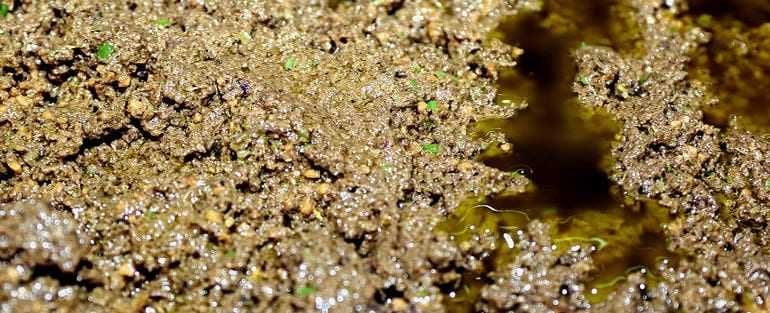
A dramatic decrease in time and energy needed in the mill is likely to be the next big change in olive oil production, predicts one expert.

While the proliferation of super high density (SHD) olive groves was arguably the most significant shift in the last decade, Agustí Romero says it’s the malaxation process – whereby the droplets of oil in crushed olives group together – that’s now destined for a revolution.
Part of the olive oil research team at IRTA, the Catalan agriculture, food and aquaculture research institute, and an Olive Japan 2014 judge, Romero told Olive Oil Times that much of today’s research focuses on how to make milling more efficient, and particularly on this step, “which is very long and uses a lot of energy.”
“In the next few years we are going to see very big changes in milling and the news is that we are going to avoid the malaxation process by using ultrasound or other new technology that is faster and more energy efficient,” he said.
“The idea is to induce some movement inside the crushed mass of olives to force the small drops of oil to move together and you can do that by malaxation or by ultrasound, pulses or microwave. Any new technique that gets the droplets moving could be useful. For example, some are experimenting with passing the olive paste through long screws, which is called flash malaxing.”
Romero said researchers in Spain, such as at IRTA in Catalonia and the IFAPA in Andalusia, as well as in Italy and other parts of the world, are testing such alternatives to malaxation.
And any such change to this process, “may initially imply a lot of small changes in the final virgin olive oil,” Romero said, “because if it takes less time and the temperature is clearly lower, some minor components – such as sterols, polyphenols, pigments, alkanes and alchohols – in the olive mass that now move into the oil at a certain ratio may instead do it at a different one. So maybe the oil and its properties will change a little and we’ll need to address that.”








